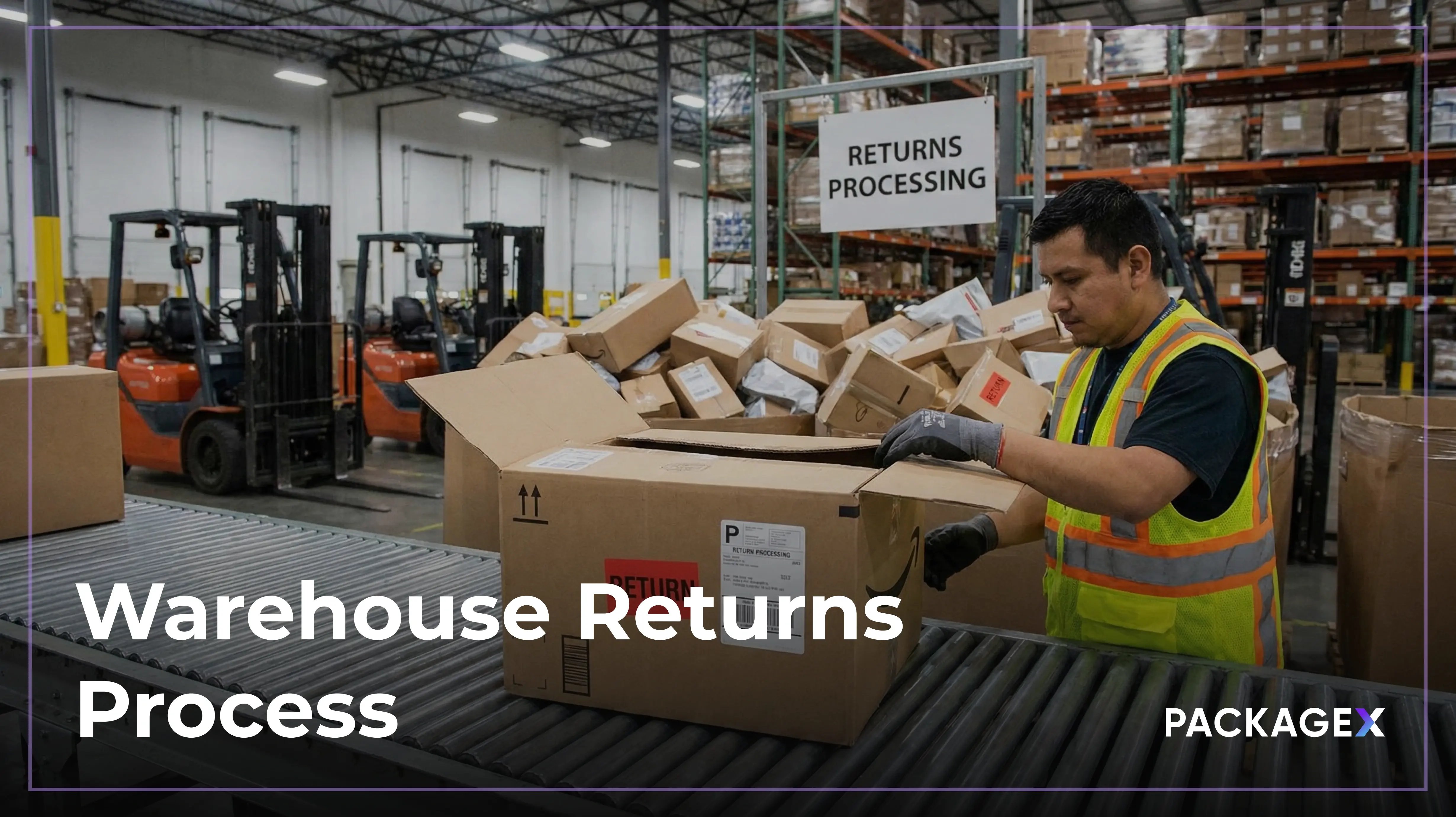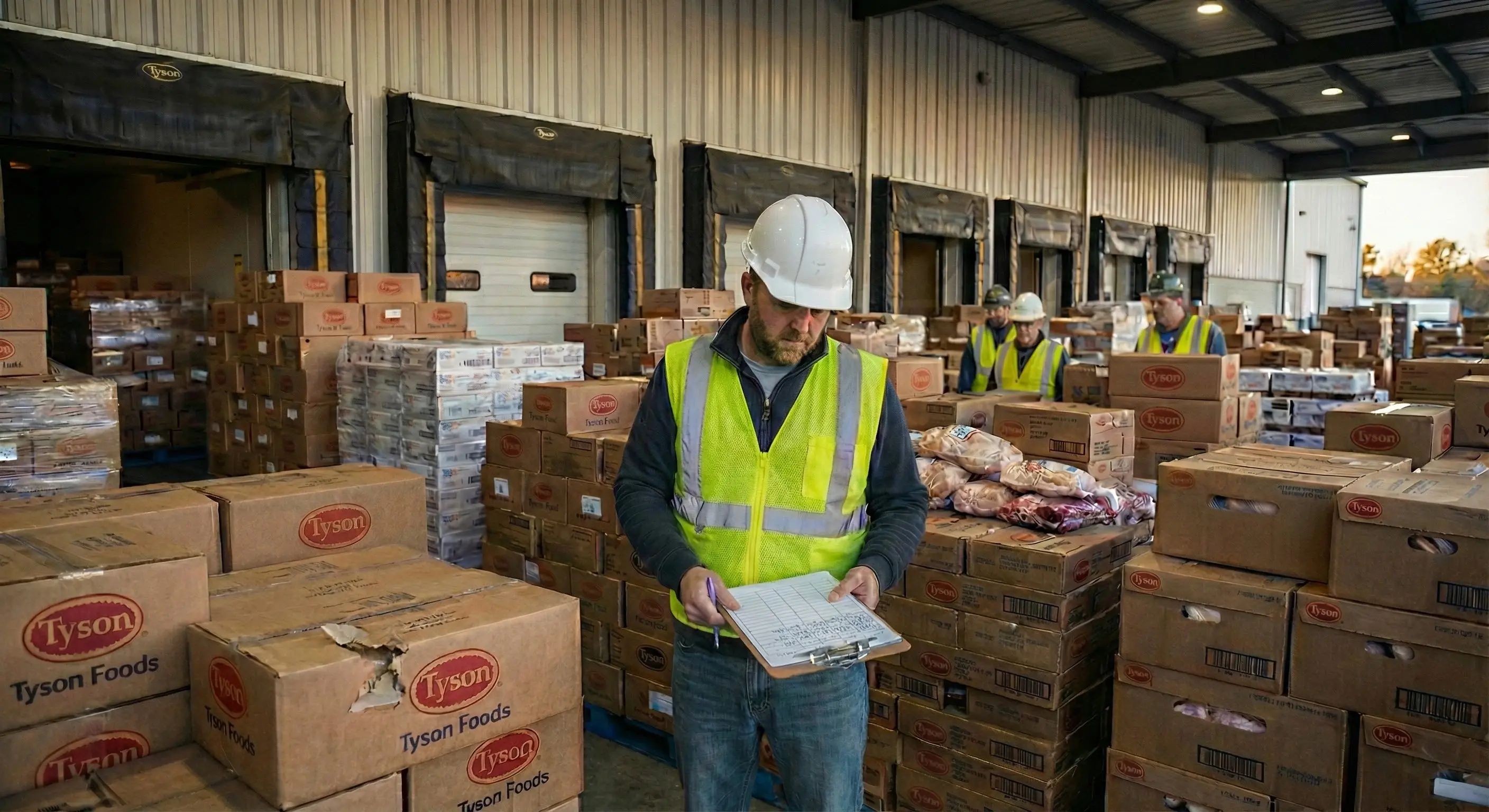Imagine walking into a corporate mailroom flooded with paper, envelopes, and packages, and you need to manually sort all this mess. It seems pretty impossible, right?
This outdated manual mailroom processing seems like using a typewriter in the age of smartphones. It not only slows down operations but also increases the risk of errors, misplaced documents, and security breaches. Relying on traditional mailroom operations is no longer a wise option in this digitalized era.
So, what is the best option? The answer is digital mailroom automation—an innovative solution that transforms how businesses handle inbound and outbound mail. With the rise of automated digital mailroom technology, companies can now align workflows, improve accuracy, and reduce costs. And what’s the real cause of this transformation? Artificial Intelligence (AI).
AI-powered mailroom automation software is revolutionizing document processing by implementing machine learning, optical character recognition (OCR), and natural language processing (NLP).
In this article, we’ll explore the challenges of traditional mailroom operations, how digital mailroom automation services are reshaping businesses, and the crucial role AI plays in optimizing mail processing.
What is Digital Mailroom Automation?
Digital mailroom automation refers to the process of digitizing and automating the handling of incoming mail within any organization. This involves converting physical mail into electronic formats and utilizing advanced technologies to streamline mail processing, distribution, and storage.
Definition and Key Components
A digital mailroom utilizes technologies such as document scanning, Optical Character Recognition (OCR), and workflow automation software to transform traditional mailroom operations. The primary components include:
- Document Capture: First of all, physical mail is scanned and converted into digital formats.
- Data Extraction: After that, an OCR is utilized to extract relevant information from documents.
- Automated Workflow: Digital documents are then routed to appropriate departments or individuals based on predefined rules.
Comparison Between Traditional and Digital Mailrooms
Traditional mailrooms rely mainly on manual processes, including categorizing, physical distribution, and storage of paper documents. This approach is time-consuming and open to errors. Digital mailrooms automate these tasks, which leads to faster processing times and reduced possibility of manual errors.
For instance, automated organizing and classification enhance accuracy and tracking and minimize the risk of misplacing documents.
The Role of AI in Mailroom Automation
Now, let’s discuss how artificial Intelligence (AI) is revolutionizing mailroom operations. The answer lies in the following sections.
Enhancing Document Classification and Data Extraction
AI-powered systems automate mailroom tasks by rapidly and accurately classifying incoming documents. For instance, AI can distinguish between invoices, contracts, and letters, ensuring each is directed to the appropriate department without human intervention. This automation not only accelerates time consumption but also significantly reduces the risk of misclassification.
Moreover, AI excels in data extraction by identifying and capturing essential information such as names, dates, amounts, and addresses from documents. This extracted data can flawlessly update databases or generate reports, eliminating the need for manual data entry and enhancing overall efficiency.
AI-Driven Decision-Making and Routing
Beyond classification and extraction, AI enhances decision-making in mailroom management. Once documents are categorized, AI algorithms determine the most efficient routing paths based on predefined business rules. This ensures that documents promptly reach their intended recipients, minimizing delays associated with manual handling.
For example, an AI system can prioritize urgent communications and route them immediately to the concerned personnel, thereby improving response times and operational efficiency.
Case Study: Achieving 98% Accuracy in Eliminating Manual Tasks
A notable example of AI's impact on mailroom automation is demonstrated by a major insurance company that implemented an AI-driven system to handle physical forms. This system was tasked with identifying, processing, interpreting, and routing documents, effectively digitalizing the mailroom operations. The result was a remarkable achievement of up to 98% accuracy in eliminating manual tasks, leading to significant time and cost savings and improved employee satisfaction.
Incorporating AI into mailroom operations streamlines processes and enhances accuracy and efficiency, positioning organizations to better handle the demands of modern business communications.
Key Technologies in AI-Powered Mailrooms
In mailroom automation, several AI-driven technologies have become essential in enhancing efficiency and accuracy. These include Optical Character Recognition (OCR), Machine Learning (ML) algorithms for pattern recognition, and Natural Language Processing (NLP) for understanding unstructured data.
Optical Character Recognition (OCR)
OCR technology has undergone significant advancements since its inception in the early 20th century. Initially developed to assist the visually impaired by translating printed text into speech, OCR systems were limited in accuracy and application. Today, the global OCR market is valued at approximately USD 12.56 billion as of 2023 and is projected to grow at a compound annual growth rate (CAGR) of 14.8% from 2023 to 2030, reaching nearly USD 32.90 billion by 2030.
Modern OCR solutions now offer high precision in digitizing printed and handwritten documents, which makes them indispensable in automated digital mailrooms.
Machine Learning Algorithms
Machine Learning plays a crucial role in pattern recognition within mailroom automation. By analyzing vast amounts of data, ML algorithms can identify patterns and make informed decisions, such as categorizing mail types or prioritizing urgent correspondence. This capability reduces manual intervention and enhances processing speed. For instance, AI systems have been developed that eliminate manual tasks with up to 98% accuracy, streamlining mailroom operations significantly.
Natural Language Processing (NLP)
NLP enables mailroom automation systems to comprehend and process human language found in unstructured data, such as emails, letters, and documents. By implementing NLP, these systems can extract relevant information, determine intent, and route communications appropriately. This technology is essential for managing the diverse and complex nature of mailroom inputs, ensuring that each piece of correspondence is handled without errors.
Integrating OCR, Machine Learning, and NLP into mailroom automation enhances operational efficiency and ensures a higher level of accuracy and responsiveness in handling incoming communications.
Benefits of AI in Digital Mailroom Services
AI-driven digital mailroom services are changing the way businesses handle incoming mail. With organizations processing thousands of documents daily, automation powered by AI is no longer a second option—it's a necessity.
1. Improved Processing Speed
Traditional mailrooms often struggle with delays caused by manual work. AI-driven systems process mail 60% faster than manual methods, according to a study by Deloitte. Machine learning algorithms quickly categorize and route documents, ensuring instant delivery to the right departments. This enhances productivity and also allows businesses to respond to critical correspondence without any delays.
2. Enhanced Accuracy and Reduction of Human Errors
Manual data entry is prone to mistakes, leading to misrouted mail, lost documents, and compliance risks. AI-powered mailroom automation software uses Optical Character Recognition (OCR) and Natural Language Processing (NLP) to extract data with over 99% accuracy. This eliminates costly human errors, ensuring that important documents reach the right recipients without delay.
3. Scalability and Flexibility
Businesses often experience fluctuations in mail volume, especially during peak seasons. A digital mailroom with AI-driven automation can scale smoothly, handling up to 10x more mail without additional staff. AI ensures that businesses can adapt to increasing workloads without compromising efficiency, whether it be processing invoices, legal documents, or customer correspondence,
Challenges and Considerations
To guarantee a seamless transition, organizations must take into account the challenges of integrating AI into mailroom automation. Data security and compliance are critical concerns, especially when handling sensitive records. To avoid security issues, businesses must implement encryption and access controls while complying with regulations such as GDPR and HIPAA. Digital mailroom automation software can have a significant upfront cost, so a thorough ROI analysis is also very necessary to justify the investment.
Moreover, employee adaption to change can slow this transition. Proper training, communication, and phased implementation can help organizations overcome these hurdles and fully utilize the benefits of AI-driven mailroom management.
Future Trends in Mailroom Automation
Mailroom automation is evolving fast, thanks to AI and machine learning advancements. With smarter algorithms, day-to-day tasks like data extraction, document classification, and even predicting what needs to be done next are becoming more accurate and less reliant on people.
Companies are also connecting mailroom software with their other systems, making it easier to share information across different teams. There’s even a growing trend toward fully automated mailrooms, where AI-powered tools manage all the incoming and outgoing mail with little to no human involvement.
As companies seek more efficient solutions, PackageX is already leading the way with innovative, AI-driven mailroom automation. Stay ahead of the curve—be future-ready with PackageX.
FAQs
How does a digital mailroom work?
A digital mailroom scans, classifies, and routes incoming mail using AI-powered automation, ensuring faster and more efficient processing.
What is the meaning of digital mail?
Digital mail refers to physical mail that is scanned and converted into electronic formats for secure and streamlined digital management.
What is a digital mail service?
A digital mail service provides businesses with automated solutions to receive, digitize, and distribute mail electronically, improving efficiency and accessibility.

.avif)


